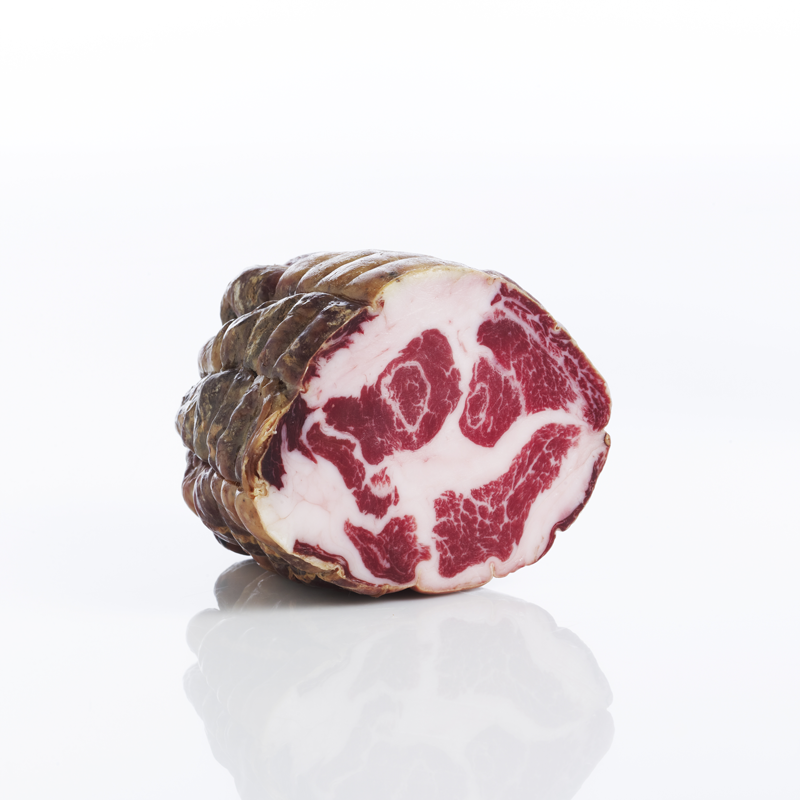Staphylococcus
The Micrococcaceae species most often encountered in the largest numbers in indigenous fermented sausages are different species of Staphylococcus, more specifically S. xylosus, S. saprophyticus and occasionally S. carnosus. Staphylococcus species are thus clearly dominant compared to the Kocuria species sometimes offered, due to their higher salt tolerance and lower oxygen requirements.
Staphylococcus species are facultative anaerobic cocci capable of reducing both nitrate and nitrite and possessing diverse enzymatic activities of major importance for the flavor formation of the fermented dried sausage. More specifically: catalase activity, lipolytic and proteolytic activity, and high capability of degrading amino acids and fatty acids into a wide variety of aroma compounds.
Staphylococci prefers availability of oxygen during growth but are capable of using nitrate as an electron acceptor instead of oxygen during respiration, which will increase their survival in the sausage mince.
Otherwise, Staphylococcus inoculated into the mince will only grow little or not at all during ripening, and mostly in the outer parts. However, the desired activities of the added Staphylococcus are still achievable if a sufficient number is added (106–107 CFU/g) since the organisms are still metabolically active even if not growing.
It is important, though to restrict the rate of lactic acid formation because their survival is sensitive to low pH. The table below shows some typical properties of the Staphylococcus species offered by Chr. Hansen for fermented sausages.
|
Culture |
S. carnosus |
S. xylosus |
Microccaceae spp |
|
Growth temperature Optimum /Max/min (°F ) |
86 |
86 |
86 |
|
Salt limit (%salt-in-water) |
16 |
15 |
16 |
|
Fermentable sugars Glucose (dextrose) Fructose Maltose Lactose Saccharose Starch |
+ + - + - - |
+ + + + + - |
+ + - + - - |
Table: Micrococcaceae species offered by Chr. Hansen
Debaryomyces
Yeasts are often associated with indigenous fermented sausages, but species from the genus Debaryomyces, and in particular Debaryomyces hansenii, predominate due to their high salt tolerance.
Hansenii does not reduce nitrate, but decomposes peroxides and consumes both lactic and acetic acids in the sausage thereby increasing pH during the ripening period.
Additionally, D. hansenii produces ammonia, which also increases sausage pH, and possesses lipolytic and proteolytic activities of importance to flavor development. D. hansenii only grows near to the surface of the ripening sausage as it needs oxygen for growth.
Source: Chr. Hansen

